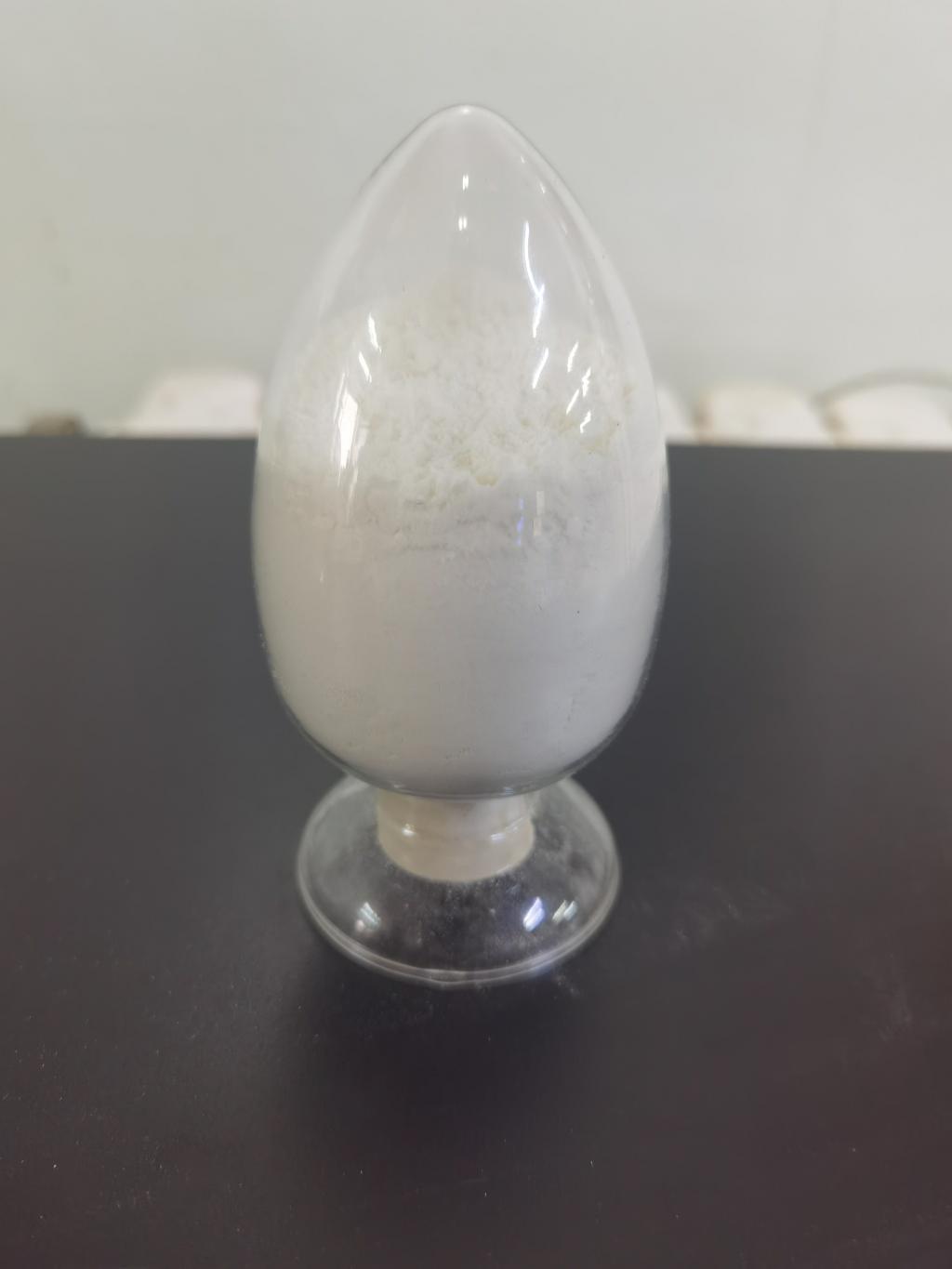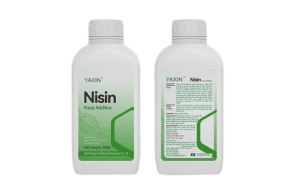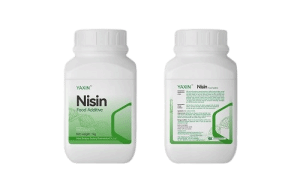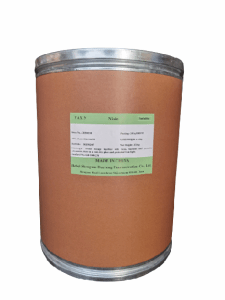Tel:+8618231198596

News
 CONTACT
CONTACT
 CONTACT
CONTACT
- Linkman:Linda Yao
- Tel: +8618231198596
- Email:linda.yao@dcpharma.cn
- Linkman:CHARLES.WANG
- Department:Overseas
- Tel: 0086 0311-85537378 0086 0311-85539701
News
The role of ε-Polylysine hydrochloride in enhancing the safety of ready-to-eat snacks.
TIME:2024-10-08
Understanding ε-Polylysine Hydrochloride
ε-Polylysine hydrochloride is a naturally occurring cationic polypeptide produced by certain strains of Streptomyces albulus. It consists of 25 to 35 lysine residues linked by ε-amino groups, forming a linear homopolymer. ε-PL has been recognized for its broad-spectrum antimicrobial activity, particularly against Gram-positive bacteria, some Gram-negative bacteria, and fungi. Its effectiveness, combined with its generally recognized as safe (GRAS) status, makes it an attractive option for food preservation.
Mechanism of Action
The antimicrobial activity of ε-PL is attributed to its ability to disrupt the cell membranes of microorganisms. The positively charged ε-PL molecules interact with the negatively charged phospholipids in the bacterial cell membrane, leading to increased permeability and leakage of cellular contents. This results in the inhibition of microbial growth or cell death. Additionally, ε-PL can inhibit the synthesis of essential proteins and nucleic acids, further contributing to its antimicrobial efficacy.
Enhancing the Safety of Ready-to-Eat Snacks
RTE snacks, due to their high-fat content, low water activity, and often neutral pH, can support the growth of various spoilage and pathogenic microorganisms, such as Salmonella, Listeria, and E. coli. The use of ε-PL can provide several benefits in ensuring the safety of these products:
Inhibition of Pathogens: ε-PL effectively inhibits the growth of pathogens that can cause foodborne illnesses, thereby reducing the risk of contamination.
Extension of Shelf Life: By controlling microbial growth, ε-PL can extend the shelf life of RTE snacks, maintaining their quality and safety over a longer period.
Minimal Impact on Sensory Attributes: Unlike some synthetic preservatives, ε-PL does not significantly affect the taste, texture, or appearance of the snacks, ensuring that the sensory experience remains intact.
Application Methods
To maximize the effectiveness of ε-PL in RTE snacks, several application methods can be employed:
Surface Treatment: ε-PL can be applied directly to the surface of the snacks, either as a solution or through a coating, providing a protective barrier against microbial growth.
Incorporation into Packaging Materials: ε-PL can be incorporated into packaging films or sachets, allowing for a controlled release of the antimicrobial agent over time.
Blending with Other Ingredients: In some cases, ε-PL can be mixed with other ingredients during the manufacturing process, ensuring even distribution throughout the product.
Challenges and Considerations
While ε-PL offers numerous advantages, there are several challenges and considerations to keep in mind:
Regulatory Compliance: Ensuring that the use of ε-PL complies with local and international food safety regulations is crucial. Manufacturers must obtain the necessary approvals and adhere to established guidelines.
Stability and Release Kinetics: The stability of ε-PL under different storage conditions and the rate at which it is released from packaging materials need to be optimized to ensure consistent antimicrobial activity.
Consumer Perception: Educating consumers about the safety and benefits of ε-PL can help overcome any potential resistance to the use of antimicrobial agents in food products.
Conclusion
ε-Polylysine hydrochloride represents a promising natural antimicrobial agent for enhancing the safety of ready-to-eat snacks. Its broad-spectrum activity, minimal impact on sensory attributes, and GRAS status make it an attractive option for food manufacturers. As the demand for safe, high-quality, and convenient foods continues to grow, the integration of ε-PL into RTE snack production is likely to become more prevalent. Ongoing research and development will further refine its application, ensuring that it remains a valuable tool in the fight against foodborne pathogens and the promotion of food safety.
- Tel:+8618231198596
- Whatsapp:18231198596
- Chat With Skype







